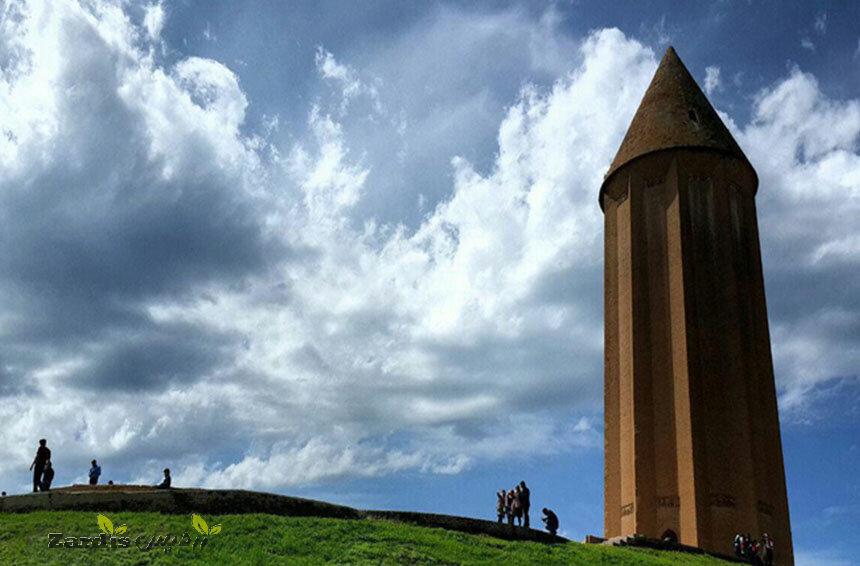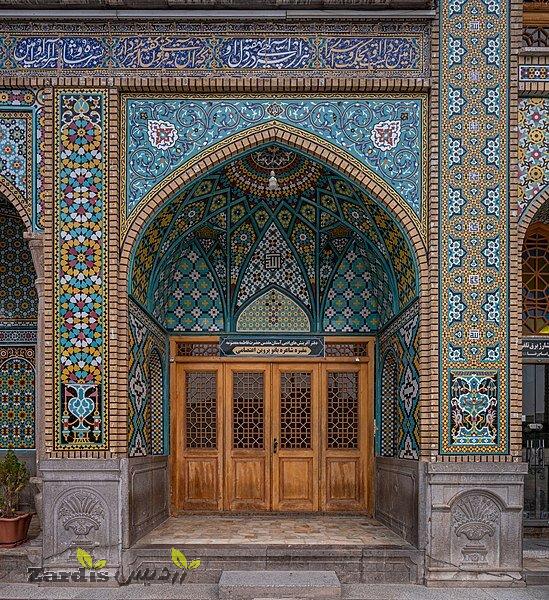TEHRAN –A restoration project has recently been completed on the UNESCO-registered Gonbad-e Qabus in the northern province of Golestan, the director of the World Heritage site has said.
As a part of the project, pieces of wood flooring were installed inside the building to safeguard the interior from damage caused by visitors, CHTN quoted Abdolhamid Nurtaqani as saying on Saturday.
The wood pieces have been designed based on the geometry of the structure so that they could be moved easily without damaging the monument, he added.
Before the outbreak of the coronavirus, the historical site was visited by approximately 20,000 people each year during the New Year (Noruz) holiday, and despite the limited time people can spend inside the monument, visitors can damage the floor bricks, he explained.
Visitors should not stay in the monument for more than ten minutes, because even their breathing can increase the humidity inside, adversely affecting the building, he noted.
The one-millennium-old brick tower is of high architectural importance as an exemplar and innovative design of the early-Islamic-era architecture.
Also called Gonbad-e Kavus, the brick tower is located in a city of the same name.
The UNESCO comments that the tower bears testimony to the cultural exchange between Central Asian nomads and the ancient civilization of Iran.
The long-lasting structure capped by an eye-catching conical roof boasts intricate geometric principles and patterns which embellish parts of its load-bearing brickwork.
Narratives say the tower has influenced various subsequent designers of tomb towers and other cylindrical commemorative structures both in the region and beyond.
Two encircling inscriptions in Kufic calligraphy date the tower to 1006-7 CE while commemorating Qabus Ibn Voshmgir, Ziyarid ruler, and literati (reigned 978–1012).
The UNESCO also credits Gonbad-e Qabus as “an outstanding and technologically innovative example of Islamic architecture that influenced sacral building in Iran, Anatolia, and Central Asia.”
ABU/AFM
Zardis news | The latest news of Iran and the world
All rights reserved for "Zardis news"It is protected and any copying without mentioning the source is prohibited.
Pursuant to Article 12 of Chapter 3 of the Cybercrime Law, copying the format and content will be prosecuted.







